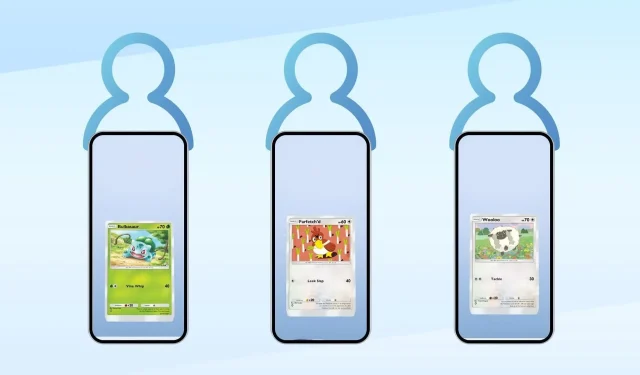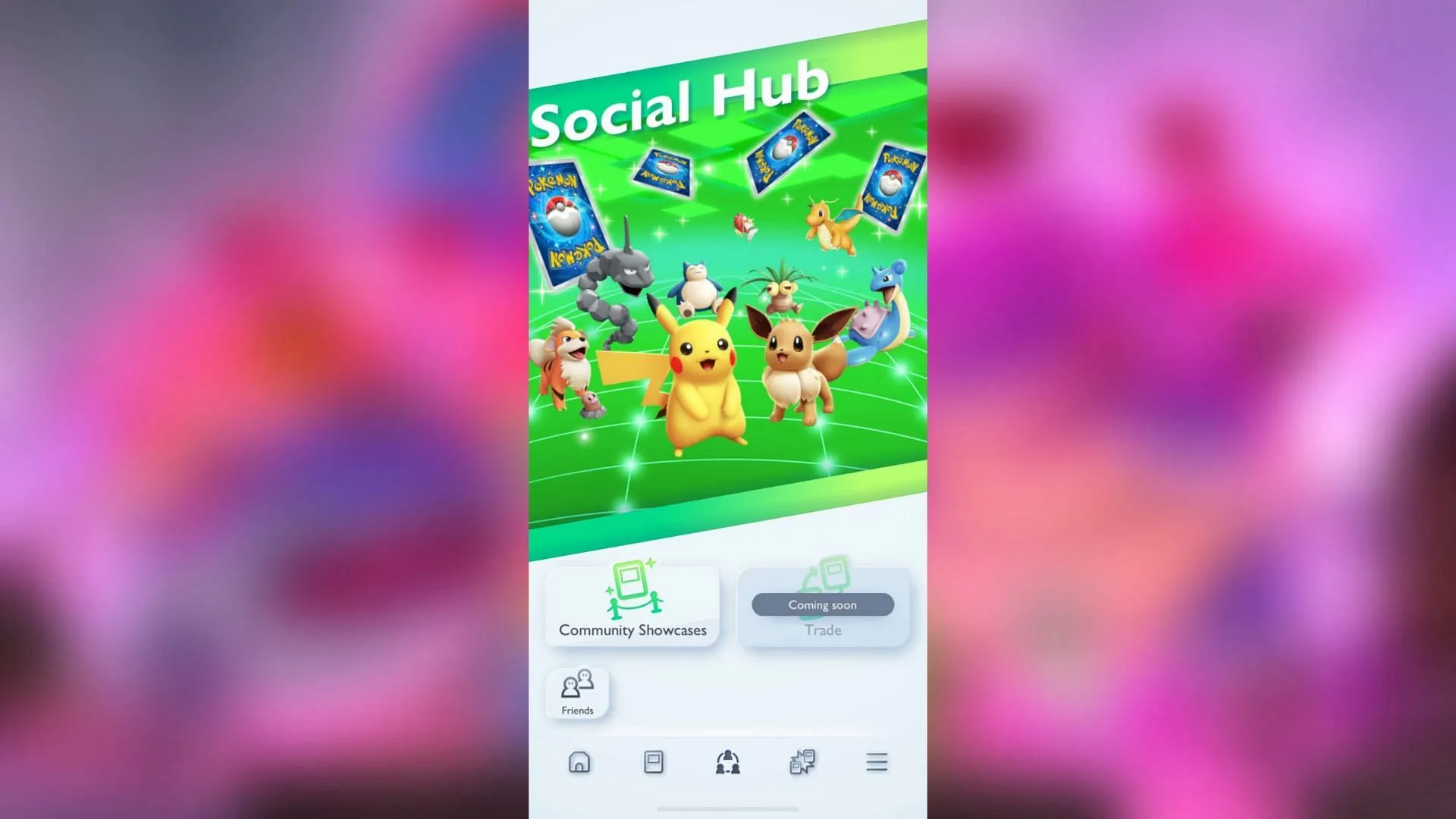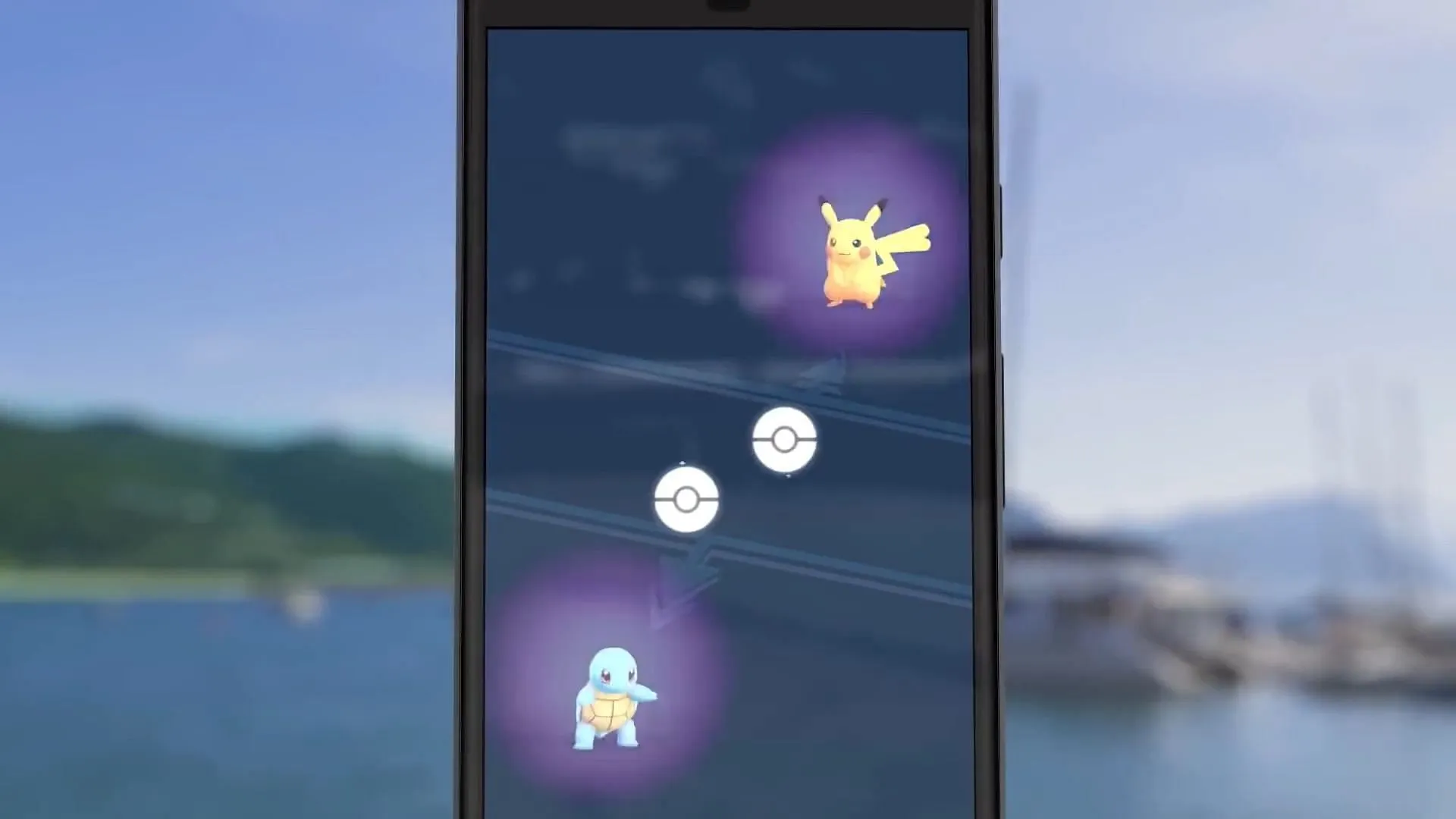
The Future of Trading in Pokémon TCG Pocket: A Cautious Approach Needed
Pokémon TCG Pocket has quickly become a global hit, amassing millions of downloads worldwide. Despite its success, one essential feature remains absent: trading. As the acronym “TCG”stands for Trading Card Game, the lack of a trading option may seem surprising. However, postponing this feature may be a wise decision at this stage of the game’s lifecycle, as premature trading could lead to several issues.
This article delves into the potential pitfalls associated with introducing the trading feature and outlines necessary precautions to ensure a balanced and enjoyable gaming experience for all players.
The Risks of Unchecked Trading in Pokémon TCG Pocket

Currently, players encounter a “coming soon”label over the trade option in Pokémon TCG Pocket. This temporary status is a prudent choice, as the immediate introduction of trading could undermine the integrity of gameplay. The main concern involves the risk of reroll accounts, where players create multiple accounts solely to secure the best cards and transfer them to a primary account.
This practice can lead to a situation where players hoard powerful cards, allowing them to dominate the competitive scene with unfair advantages. Moreover, the possibility of account selling and card trading could introduce a level of illegitimacy that tarnishes the game’s reputation.
At present, players can easily obtain up to 10 Booster Packs for free, greatly increasing the chance of acquiring sought-after cards. The simplicity of this process without significant effort or progression only amplifies the risks associated with an unrestricted trading system.
Strategies for Safely Implementing Trading

To effectively incorporate a trading feature into Pokémon TCG Pocket, several safeguards must be implemented to maintain fairness and integrity. Here are some recommended strategies:
1) Establish Level Requirements
Introducing a minimum level threshold, such as level 15 or 20, before trading can commence will help ensure players invest sufficient time and effort into their accounts. This requirement would necessitate completing missions and winning PvP matches, thereby fostering a more engaged player base.
2) Limit Card Exchanges
Restricting trade to a maximum of one or two cards per transaction serves as a preventive measure against the mass transfer of valuable cards between accounts. This limitation promotes thoughtful trading and discourages exploitative practices.
3) Introduce Trade Cooldown Periods
Implementing a cooldown mechanism after each trade can help combat abuse of the trading system. A wait time before players can initiate another trade will reduce the likelihood of spam trading and maintain a balanced environment.
4) Utilize Trade Currency
Like Pokémon GO, introducing a trade currency would facilitate fairer exchanges while encouraging players to accumulate this currency through gameplay. This system ensures that trades are not easily exploitable and promotes engagement with the game’s mechanics.
5) Encourage Proximity Trading
Limiting trades to players in each other’s immediate vicinity, similar to Pokémon GO’s trading model, can help reduce the potential for fraud. While there are ways to circumvent GPS restrictions, proximity-based trading remains a strong deterrent against casual cheating.
By implementing robust penalties for cheating, Pokémon TCG Pocket can further enhance the quality of gameplay and promote an equitable trading environment.
In conclusion, while the allure of a trading feature in Pokémon TCG Pocket is undeniable, careful consideration and planning are vital to avoid pitfalls. By establishing clear constraints and regulations, developers can create a fair and engaging trading experience that enriches the game for all players.




Leave a Reply